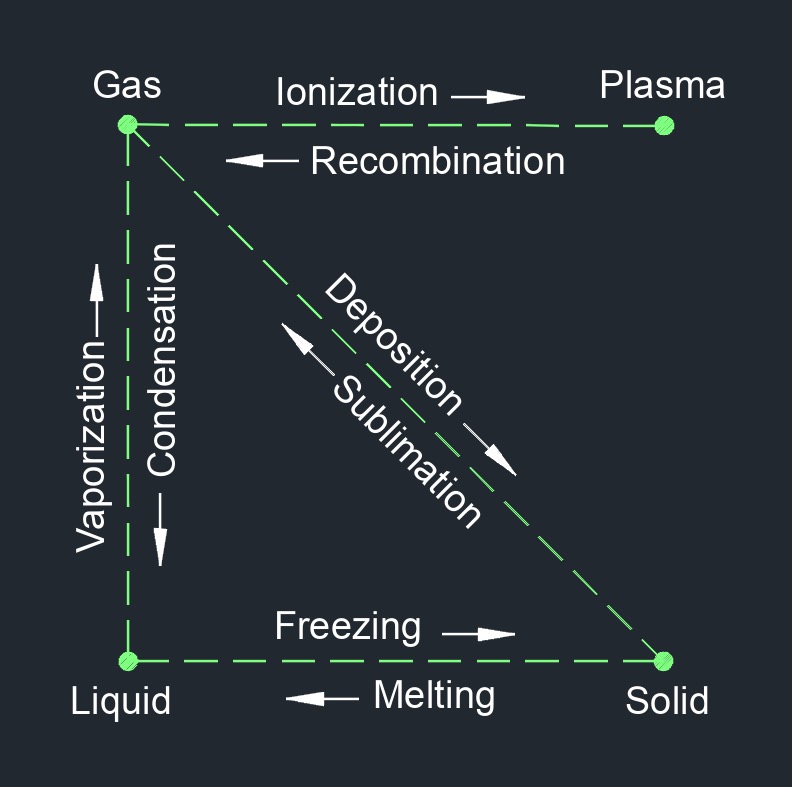 Steam flow regimes refer to the different phases or conditions that steam can exist in, depending on its pressure and temperature. Understanding these regimes is crucial in the design and operation of steam systems, as they can have significant implications for efficiency, safety, and performance. The transition between these flow regimes depends on factors such as pipe diameter, steam velocity, and fluid properties. The Reynolds number, which relates fluid velocity, density, and viscosity, is often used to determine the flow regime.
Steam flow regimes refer to the different phases or conditions that steam can exist in, depending on its pressure and temperature. Understanding these regimes is crucial in the design and operation of steam systems, as they can have significant implications for efficiency, safety, and performance. The transition between these flow regimes depends on factors such as pipe diameter, steam velocity, and fluid properties. The Reynolds number, which relates fluid velocity, density, and viscosity, is often used to determine the flow regime.
Steam Flow Regime is Categorizes into Three Main Types
Subcooled or Compressed Liquid
- At low temperatures and pressures, steam exists as a subcooled or compressed liquid.
- In this regime, steam is in a liquid state, and its properties are similar to those of water.
- Heating this liquid will eventually lead to the formation of saturated steam.
- Saturated steam is the phase where water is at its boiling point and is in equilibrium with its vapor.
- The temperature and pressure at which this occurs are known as the saturation temperature and saturation pressure.
- Any additional heat added to saturated steam results in an increase in temperature and pressure, transitioning it to the superheated steam phase.
- Superheated steam is steam that has been heated beyond its saturation point.
- It does not contain any liquid droplets, and its temperature is higher than the saturation temperature at the corresponding pressure.
- Superheated steam is often used in industrial processes where high temperatures are required, such as in turbines for power generation.
The transition between these steam flow regimes is critical in many engineering applications, and engineers must carefully control and monitor the steam conditions to optimize system performance and prevent issues like erosion, corrosion, and inefficient heat transfer. Steam tables, which provide information about the properties of steam at different temperatures and pressures, are often used to analyze and design steam systems.
Understanding the steam flow regime is needed for designing and optimizing steam systems, as it affects pressure drop, heat transfer rates, and overall system performance. Proper consideration of flow regimes helps ensure efficient operation and prevents issues such as erosion, pipe vibrations, or uneven heat distribution. It's important to note that steam flow regimes can also be influenced by the presence of obstacles, bends, fittings, or changes in pipe diameter, which can introduce additional flow phenomena like separation, eddies, or pressure losses.
